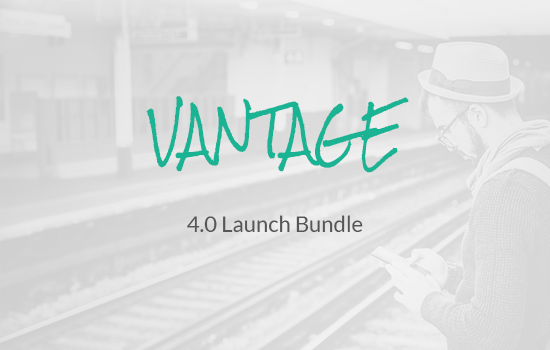An order is a representation of a transaction that a user wants to take place. If you do any development using the Payments API, you are going to run across orders all the time. They look a little like this:
{ 'id' : "Order ID", 'author' : "The creator's user ID", 'ip_address' : "The ip address of the creator", 'status' : "Either ( pending, failed, or completed )", 'items' : [{ 'type' : "A string representing the item type", 'price' : "The price (negative or positive) or an item", 'post_id' : "The post that this item is tied to", }] 'currency' : "The currency code for the order", 'total' : "The combined price of all items", 'gateway' : "The payment gateway being used to process the order", } |
Most of the time, you as a developer are not going to be interacting with a data structure that looks exactly like this. Instead, you will be using the Order object. The Order object makes it easy to add, update, and retrieve data from an order.


